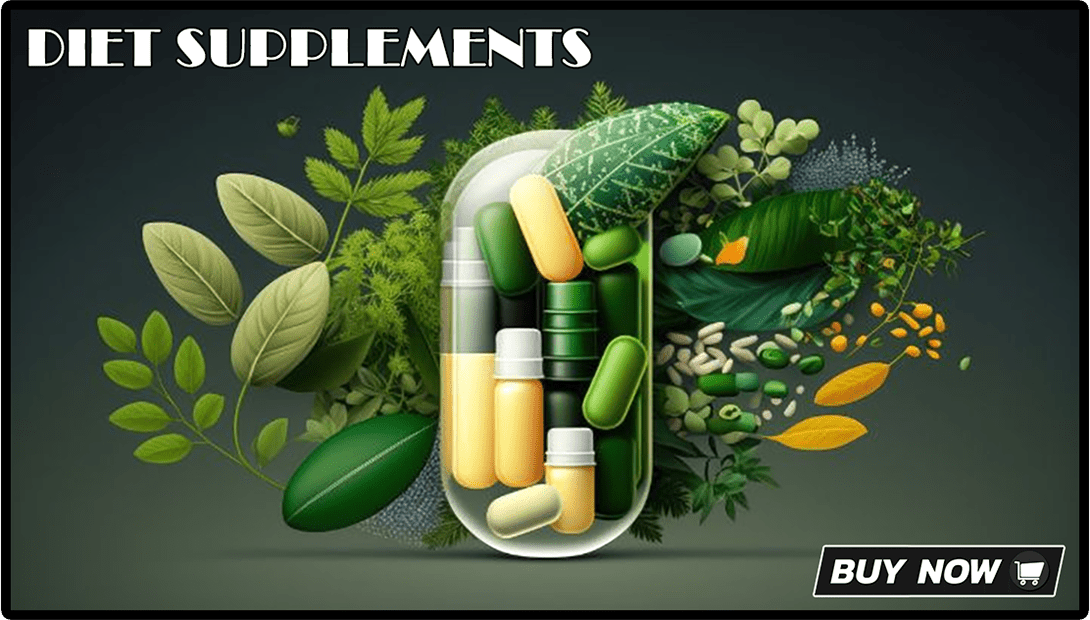
In recent decades, the growing interest in natural remedies and preventive healthcare practices has led to a remarkable resurgence in the use of herbal teas as supportive agents in the management of chronic conditions, particularly hypertension and dyslipidemia, which are among the most prevalent non-communicable diseases affecting modern populations globally due to lifestyle changes, poor dietary habits, lack of physical activity, and increased stress levels in both urban and rural societies. Herbal teas, derived from a diverse range of plants including leaves, flowers, roots, seeds, and barks, have been revered across multiple cultures for their calming effects, antioxidant richness, and the presence of phytochemicals that exhibit pharmacological properties, such as vasodilation, diuresis, and lipid-lowering effects, which collectively contribute to better cardiovascular health and reduced risks of heart attacks, strokes, and atherosclerosis.
Among the most commonly recommended herbal infusions for blood pressure and cholesterol control are hibiscus tea, green tea, ginger tea, garlic tea, and dandelion root tea, each of which contains bioactive compounds like flavonoids, polyphenols, allicin, and saponins that play significant roles in lowering systolic and diastolic blood pressure, reducing triglyceride levels, improving endothelial function, and promoting hepatic lipid metabolism. Daily consumption of these teas, when integrated into a balanced diet and healthy lifestyle, has shown potential in clinical studies to provide mild but consistent improvements in metabolic parameters without the harsh side effects associated with long-term pharmaceutical therapies. Furthermore, these infusions offer hydration, satiety, and emotional comfort, which can indirectly support adherence to broader lifestyle modifications necessary for long-term disease management, making herbal teas not only medicinally valuable but also behaviorally supportive in the journey toward improved cardiovascular well-being.
Scientific Evidence Supporting Herbal Tea Benefits
Numerous scientific investigations published in respected peer-reviewed medical and nutrition journals over the past two decades have provided mounting evidence supporting the efficacy of herbal teas in reducing blood pressure and blood lipid levels through both direct and indirect mechanisms, with studies employing randomized controlled trials, meta-analyses, and observational cohort research methods consistently pointing to the antihypertensive and hypolipidemic effects of plant-based infusions due to their bioactive phytochemicals, which act on various physiological pathways including the inhibition of angiotensin-converting enzyme (ACE), stimulation of nitric oxide production, modulation of lipid absorption in the intestines, and improvement of insulin sensitivity in metabolic tissues. For instance, hibiscus sabdariffa tea has been repeatedly shown to significantly reduce both systolic and diastolic blood pressure in pre-hypertensive and mildly hypertensive individuals, with its anthocyanin-rich content contributing to vasorelaxant activity and endothelial protection, while green tea catechins have demonstrated efficacy in reducing LDL cholesterol and enhancing HDL levels by improving hepatic lipid regulation and promoting lipid oxidation.
Additionally, clinical trials involving garlic tea have indicated measurable reductions in total cholesterol and triglycerides among participants with hyperlipidemia, primarily due to the allicin compound’s ability to inhibit cholesterol biosynthesis enzymes and increase bile acid excretion, while ginger tea has shown promise in improving blood viscosity and reducing platelet aggregation, contributing to better cardiovascular outcomes. These findings not only validate traditional knowledge and anecdotal reports but also provide a scientific framework for recommending herbal teas as part of an integrative approach to managing cardiovascular risks, especially for individuals seeking natural alternatives, complementary strategies, or preventative measures in populations with limited access to conventional pharmacotherapy or those experiencing adverse reactions to standard medications. By situating herbal tea within the landscape of evidence-based medicine, healthcare practitioners and policymakers alike can promote informed choices rooted in both tradition and modern science.
Types of Herbal Teas with Cardiovascular Impact
The diversity of herbal teas available globally provides a wide array of choices for individuals looking to manage hypertension and lipid abnormalities through natural means, with specific varieties offering distinct phytochemical profiles and therapeutic actions that have been recognized through both empirical observation and rigorous scientific evaluation. Hibiscus tea, known for its vibrant red color and tart flavor, is especially effective due to its rich anthocyanin and polyphenol content, which exhibit potent antioxidant properties that reduce oxidative stress, improve endothelial function, and promote vasodilation through the relaxation of smooth muscle tissues in blood vessels. Green tea, on the other hand, contains high concentrations of epigallocatechin gallate (EGCG), a catechin that improves lipid metabolism, supports weight management, and has been linked to improved blood pressure regulation, especially in individuals with metabolic syndrome and borderline hypertension.
Other notable teas include garlic tea, which although pungent, is extremely beneficial for lipid profile improvement and blood pressure stabilization due to its sulfur-containing compounds; ginger tea, which acts as a natural anti-inflammatory and anti-thrombotic agent; and rooibos tea, a caffeine-free alternative containing aspalathin and nothofagin, which help reduce vascular inflammation and balance lipid levels without stimulating the central nervous system. Dandelion root tea is also increasingly gaining attention for its mild diuretic effect, which assists in reducing blood volume and subsequently lowering blood pressure, while promoting liver function to better process and eliminate excess cholesterol. These herbal teas, when selected based on individual health profiles, taste preferences, and therapeutic goals, can provide a gentle yet powerful way to support cardiovascular health, and their regular use may foster a deeper connection to natural healing traditions and a more sustainable, preventative model of health care that complements modern interventions.
Proper Consumption and Potential Considerations
While herbal teas offer substantial benefits in supporting cardiovascular health, it is crucial to understand that their effectiveness and safety can depend significantly on factors such as the method of preparation, dosage, timing of consumption, and individual health conditions, with improper use potentially leading to adverse interactions with medications or unexpected side effects, particularly in individuals with allergies, existing kidney or liver conditions, or those taking blood-thinning, diuretic, or cholesterol-lowering drugs. For instance, excessive consumption of licorice root tea has been associated with elevated blood pressure due to its glycyrrhizin content, and combining herbal infusions like garlic or ginger with anticoagulants may enhance bleeding risks, underscoring the importance of personalized guidance from healthcare providers, particularly for those with complex medical histories or concurrent therapies. It is also essential to select high-quality, organic, and non-contaminated tea sources, as certain commercial products may contain additives, pesticides, or heavy metals that can negate their health benefits and introduce unwanted toxic elements into the body.
Moreover, the benefits of herbal teas are often maximized when they are part of a holistic lifestyle that includes a heart-healthy diet, regular physical activity, stress management, and sufficient sleep, rather than relying on tea consumption alone as a standalone treatment. Optimal brewing methods—such as using freshly boiled water, steeping for the recommended duration (usually 5 to 10 minutes depending on the herb), and avoiding sweeteners—can preserve the potency of the active compounds while enhancing flavor and palatability. Educating oneself about the individual characteristics of each herb, its active ingredients, and its mode of action in the body can empower individuals to make more informed and effective decisions in their self-care routines. By treating herbal teas not merely as casual beverages but as functional elements in a broader wellness strategy, one can fully harness their potential to support long-term cardiovascular health in a natural and sustainable manner.




